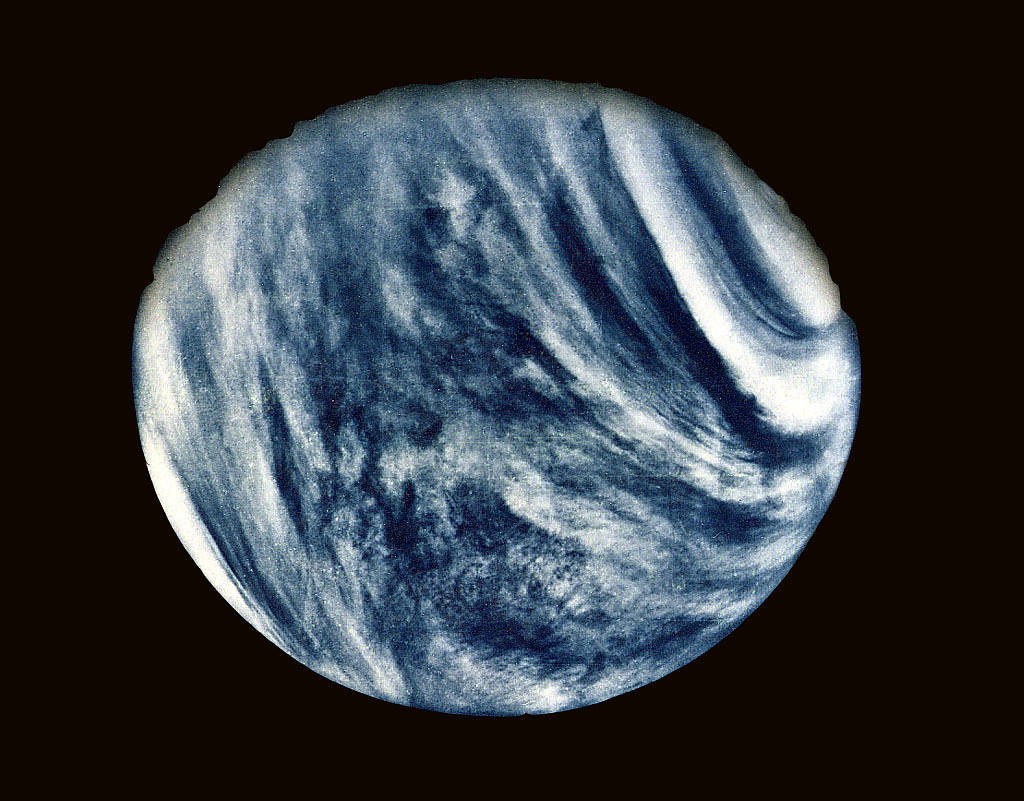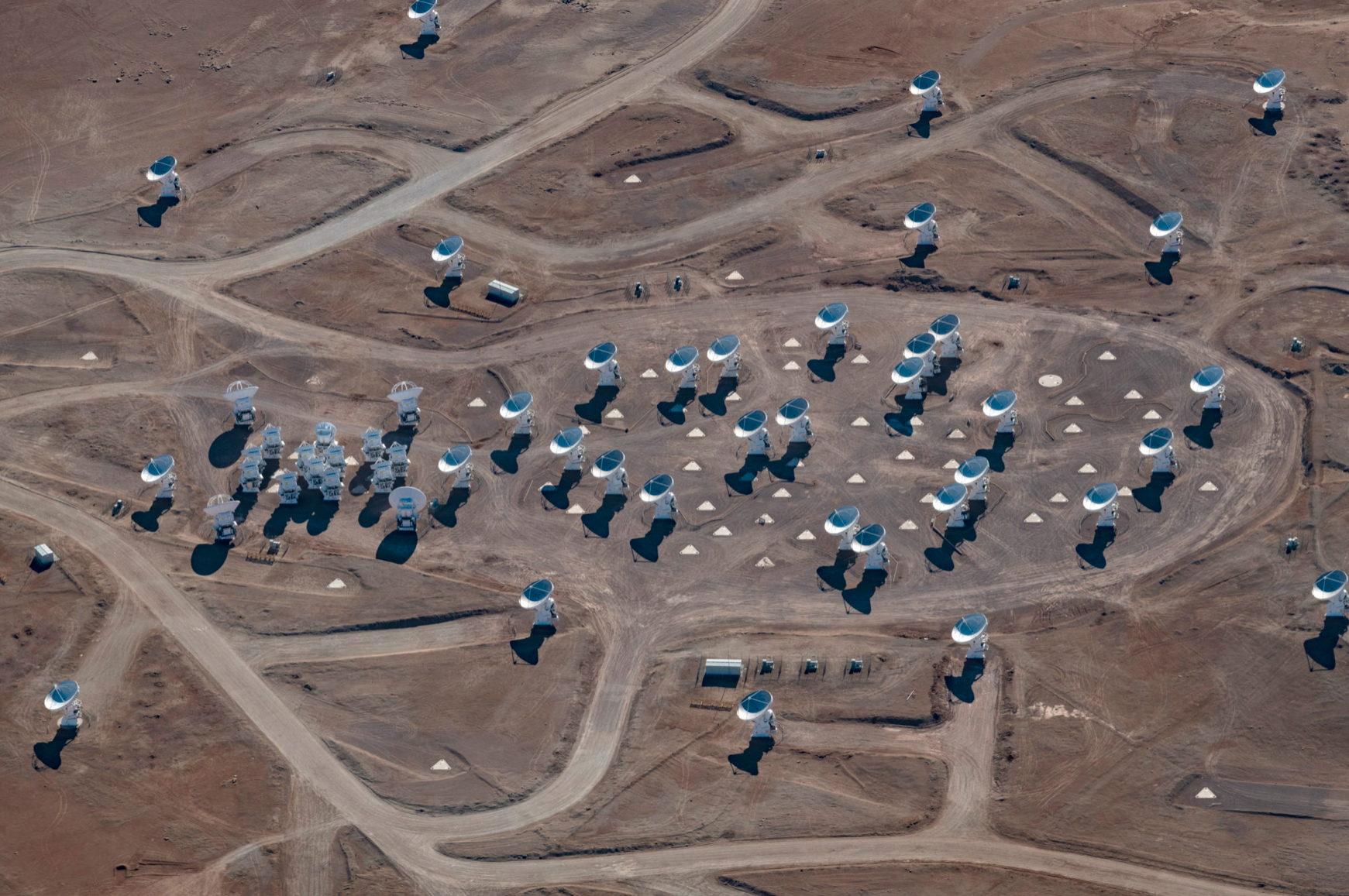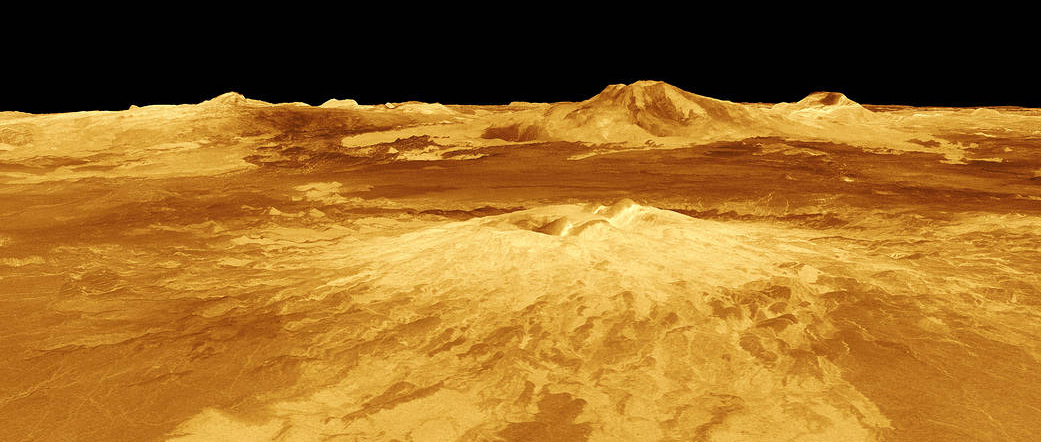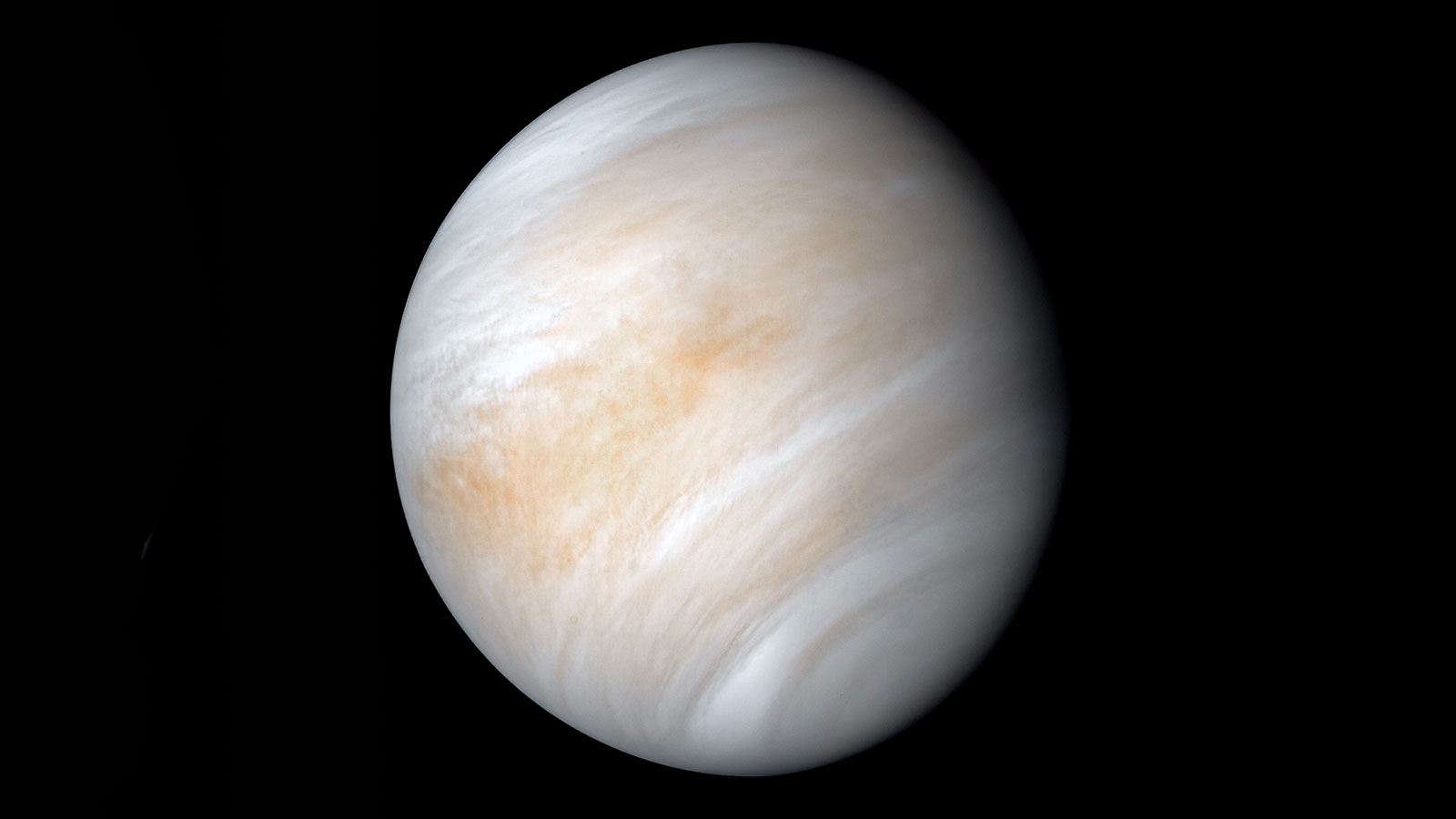Imagine our sister planet Venus billions of years ago being an ocean-filled world like Earth is today. The thinking is that at some point Venus underwent a “runaway greenhouse” where the surface became so hot the oceans boiled off, leaving a barren surface too hot for life of any kind. If life originated in Venus’ oceans it would have had to migrate into the cloud layers, which, at 50 km altitudes and above, today have the right temperatures for life. In support of the idea of life in the Venus clouds is the fact that Earth has an aerial biosphere with some bacteria temporarily living in the clouds (reviewed in (3)).
The picture of “early Venus” being habitable by way of water oceans is an attractive one, but not fully established.
One support of ancient water oceans on Venus is geological. Measurements from three different instruments on the flyby spacecraft Galileo and the Venus Express orbiter suggest a possible presence of felsic rocks, which form only in the presence of water (5–8). Another support is a model of Venus’ evolution to its modern state showing that Venus had clement surface conditions after formation, and only entered the runaway greenhouse after about to 3.5 billion years (1, 2).
The idea of early oceans on Venus has recently been challenged. Using a 3D global atmosphere climate model, Turbet et al. (2021) (4) find that, early in its history, the Venus atmosphere was too hot for atmospheric water to condense to form oceans (4). The climate model shows that the steam atmosphere of early Venus’ never condensed on the planet’s surface to form liquid water oceans. Instead, water vapor condensed on the nightside of the planet to form clouds that warmed the surface by absorbing and re-emitting the planet’s outgoing infrared radiation (4).
Climate is tricky to model because the underlying physical processes are nonlinear and their complexity must be approximated when incorporated into computer models. Indeed (4) include the statement, “A comprehensive sensitivity study is needed to quantitatively confirm this result, as it has been shown that cloud and atmospheric circulation feedback can vary nonlinearly and non-monotonically with rotation period.” Furthermore, the model atmosphere has molecular nitrogen (N2) as the major atmospheric gas but the composition of the original Venus atmosphere is unknown and N2 may have been a minor component. The presence of other gases such as CO2 or CH4 could have caused some greenhouse warming, but we do not yet know if the warming would be enough to support the presence of water oceans after all.
Even if Venus did not form with water oceans, Venus might have had surface water at a slightly later stage. Volcanoes may have released water initially trapped in the interior, as some planet formation models suggest most water from planet formation is locked up in the planet interior. In addition, water-rich comets and asteroids may have generated (perhaps shallow) oceans during a period called the late heavy bombardment.
The good news is the debate on whether or not Venus had water oceans should be resolved later this decade when the three NASA and ESA space missions launch to Venus. In particular DAVINCI’s multispectral imaging of the tesserae regions can search for minerals that can only form in the presence of water.
- M. J. Way, et al., Was Venus the first habitable world of our solar system? Geophys. Res. Lett. 43, 8376–8383 (2016).
- M. J. Way, A. D. Del Genio, Venusian Habitable Climate Scenarios: Modeling Venus Through Time and Applications to Slowly Rotating Venus‐Like Exoplanets. J. Geophys. Res. Planets 125, e2019JE006276 (2020).
- S. Seager, et al., The Venusian Lower Atmosphere Haze as a Depot for Desiccated Microbial Life: a Proposed Life Cycle for Persistence of the Venusian Aerial Biosphere. Astrobiology 21, 1206–1223 (2021).
- M. Turbet, et al., Day–night cloud asymmetry prevents early oceans on Venus but not on Earth. Nature 598, 276–280 (2021).
- N. Mueller, et al., Venus surface thermal emission at 1 μm in VIRTIS imaging observations: Evidence for variation of crust and mantle differentiation conditions. J. Geophys. Res. Planets 113 (2008).
- A. T. Basilevsky, et al., Geologic interpretation of the near-infrared images of the surface taken by the Venus Monitoring Camera, Venus Express. Icarus 217, 434–450 (2012).
- M. S. Gilmore, L. S. Glaze, The Oldest Rocks on Venus: the Importance of Tessera Terrain for Venus Exploration in AGU Fall Meeting Abstracts, (2013), pp. P34A-01.
- G. L. Hashimoto, et al., Felsic highland crust on Venus suggested by Galileo near‐infrared mapping spectrometer data. J. Geophys. Res. Planets 113 (2008).
Image Credit: NASA
Made using an ultraviolet filter in its imaging system, the photo has been color-enhanced to bring out Venus’s cloudy atmosphere as the human eye would see it.
Mariner 10 flew by Venus in 1974.





